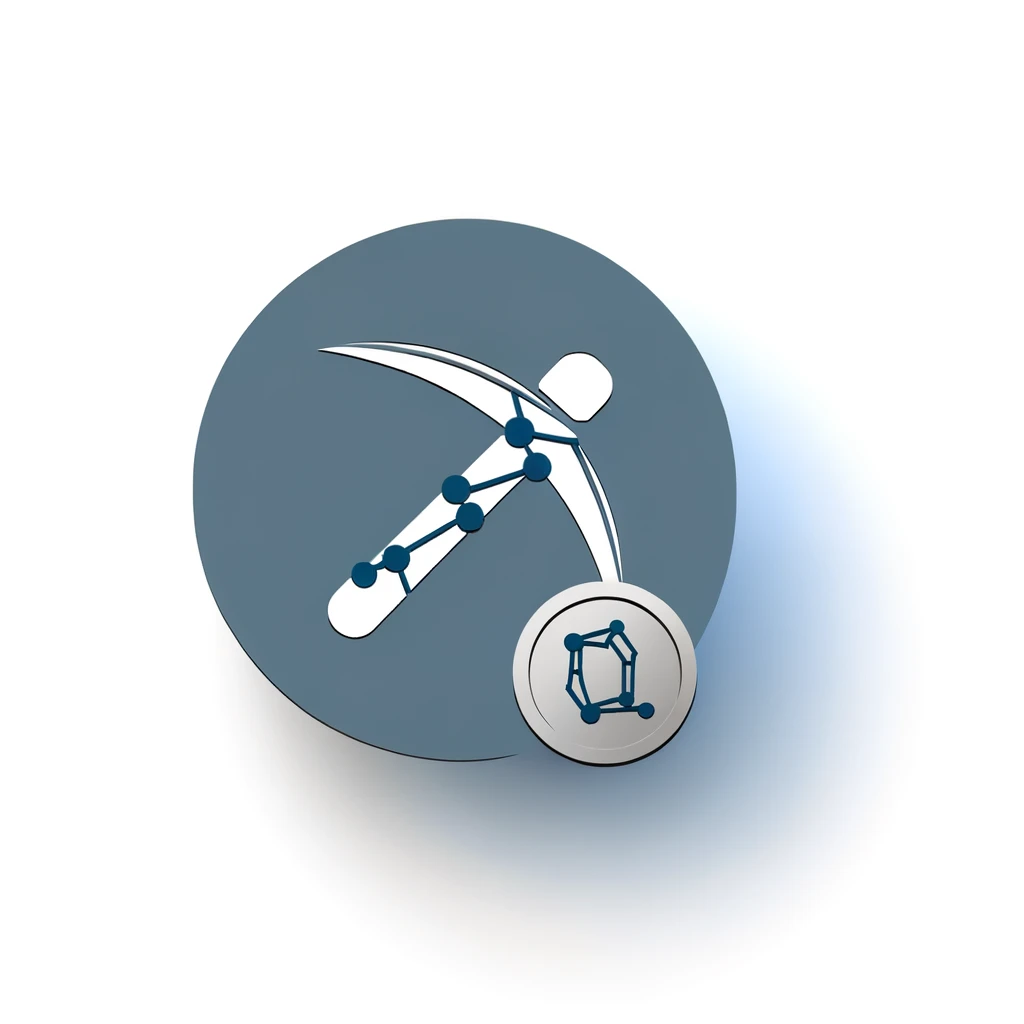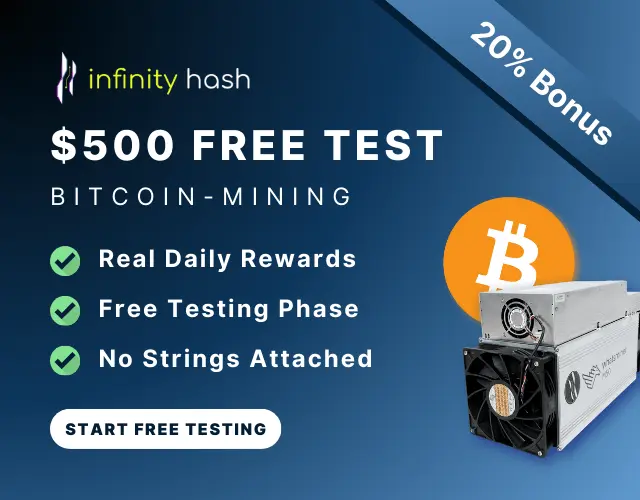Table of Contents:
Litecoin Price Forecast: Developments and Outlook up to 2030
According to an extensive analysis by Cryptonews, Litecoin (LTC) is expected to experience significant price movements in the coming years, especially in light of upcoming halving events. The article highlights that Litecoin has previously reached two all-time highs: $349.60 on December 19, 2017, and $410.26 on May 10, 2021. For 2025, AI-based forecast models from yPredict predict a yearly high of at least $250 for LTC, though not a new all-time high. By 2030, the forecast suggests a price of $420, which would mark a new record for the cryptocurrency.
| Year | Forecasted LTC Price (USD) |
|---|---|
| 2025 | 230 - 250 |
| 2030 | 420 |
These projections are based on historical chart patterns, on-chain data, and the impact of halving events, which have previously led to increased volatility and price spikes. The article notes that Litecoin's price correlated 78% with Bitcoin over the last seven days, underlining the strong connection between the two cryptocurrencies.
Get $500 free Bitcoin mining for a free testing phase:
- Real daily rewards
- 1 full month of testing
- No strings attached
If you choose to buy after testing, you can keep your mining rewards and receive up to 20% bonus on top.
- 2025 forecast: $230–$250
- 2030 forecast: $420 (new all-time high)
- Strong correlation with Bitcoin price movements
Impact of Halving Events on Litecoin
Halving events are described as crucial milestones for Litecoin, reducing miner rewards and the emission of new tokens. The next Litecoin halving was scheduled for August 2, 2023. Historically, these events have led to phases of increased volatility and price peaks, although there is no guarantee of a price explosion. The article references data from the crypto exchange Rekt Capital, which has published details on price developments before and after previous Litecoin halvings.
Despite the uncertainty, many investors hope to achieve quick gains around halving events, provided they time their trades correctly. The article emphasizes that the reduction in circulating supply, combined with rising demand, can intensify scarcity and mitigate inflation, making Litecoin a deflationary asset.
- Halving reduces miner rewards and token emission
- Historically leads to volatility and price peaks
- No guarantee of price explosion after halving
Yearly Litecoin Price Forecasts and Market Trends
Cryptonews provides a year-by-year breakdown of Litecoin price forecasts:
- 2025: Price jump up to $230, attributed to the effects of the halving and reduced circulating supply.
- 2026: The analysis focuses on the influence of meme coins and the broader crypto sector, suggesting that a strengthened meme market could benefit altcoins like Litecoin.
- 2027: Another halving event is expected, with a significant price increase anticipated.
- 2028: Litecoin's focus on faster and cheaper transactions compared to Bitcoin is highlighted, with continued growth in its use as a payment network.
- 2029: Ongoing development by the Litecoin Foundation, including new APIs and blockchain visualization tools, is expected to enhance the project's value.
- 2030: Increased acceptance of cryptocurrencies and Litecoin's emphasis on affordable, fast transactions are projected to drive further adoption and price growth.
- 2025: $230
- 2027: Next halving event, expected price increase
- 2030: $420, driven by adoption and transaction efficiency
Litecoin’s Technical Advantages and Use Cases
Litecoin is often referred to as "digital silver," in contrast to Bitcoin's "digital gold" status. Created by Charlie Lee, a former Google engineer, Litecoin was designed as a lighter, faster alternative to Bitcoin. The confirmation of a new block on the Litecoin blockchain takes about 2.5 minutes, compared to Bitcoin's 10 minutes. Transaction fees are only a few cents, and Litecoin can process up to 56 transactions per second, while Bitcoin handles about 7 per second.
Litecoin's open-source code and decentralized nature ensure a high level of security and ongoing innovation. The network is particularly popular for digital payments, with growing acceptance among merchants. Unlike Bitcoin, which is increasingly used as a store of value by institutional investors, Litecoin remains focused on enabling digital payments for everyone.
- Block confirmation: 2.5 minutes (Litecoin) vs. 10 minutes (Bitcoin)
- Transaction fees: a few cents (Litecoin) vs. several dollars (Bitcoin)
- Transactions per second: 56 (Litecoin) vs. 7 (Bitcoin)
Where to Buy Litecoin: Top Brokers
According to Cryptonews, MEXC, OKX, and Libertex are among the top brokers for purchasing Litecoin in 2023. MEXC is noted for its user-friendly interface and low trading fees, while OKX offers a wide range of trading options and serves users in over 100 countries. Libertex, regulated in Cyprus, specializes in leveraged derivatives trading and provides investor protection up to €20,000 under European law.
- MEXC: Popular in Germany, low fees, user-friendly
- OKX: Global reach, wide range of coins and derivatives
- Libertex: Regulated, investor protection up to €20,000
Advantages and Disadvantages of Investing in Litecoin
- Advantages:
- Growing importance for digital payments and increasing merchant acceptance
- Faster and cheaper transactions compared to Bitcoin
- Lower hardware requirements and energy consumption for mining
- Disadvantages:
- Lack of unique selling points beyond transaction speed and cost
- Adoption and acceptance are increasing, but at a slow pace
- Key strengths: speed, cost, accessibility
- Main weakness: limited differentiation from other cryptocurrencies
Comparison: Litecoin vs. Bitcoin
Both Litecoin and Bitcoin are decentralized, can be traded on exchanges, and are convertible to fiat currency. However, Litecoin has a total supply of 84 million coins, compared to Bitcoin's 21 million. The mining algorithm for Litecoin is more energy-efficient, allowing users to mine with standard PCs, while Bitcoin mining requires specialized hardware. Litecoin blocks are generated four times faster than Bitcoin blocks, resulting in quicker transactions.
| Feature | Litecoin | Bitcoin |
|---|---|---|
| Total Supply | 84 million | 21 million |
| Block Time | 2.5 minutes | 10 minutes |
| Transactions per Second | 56 | 7 |
| Mining Reward (pre-halving) | 12.5 LTC | 6.5 BTC |
- Litecoin: higher supply, faster transactions, lower mining requirements
- Bitcoin: lower supply, higher value, more institutional adoption
Conclusion and Expert Recommendation
Cryptonews concludes that Litecoin remains a highly liquid, decentralized, and secure cryptocurrency with a strong focus on digital payments. The upcoming halving events and ongoing development by the Litecoin Foundation are expected to provide attractive investment opportunities. While Litecoin's price is closely tied to Bitcoin, its technical advantages and growing acceptance position it as a valuable asset for both traders and long-term investors.
- Litecoin is expected to benefit from upcoming halvings and increased adoption
- Technical strengths include speed, low fees, and accessibility
- Price forecasts: $230–$250 (2025), $420 (2030)
Source: Cryptonews, "LTC Prognose ➡️ Litecoin Preisentwicklung 2025 bis 2030"
Sources:
















